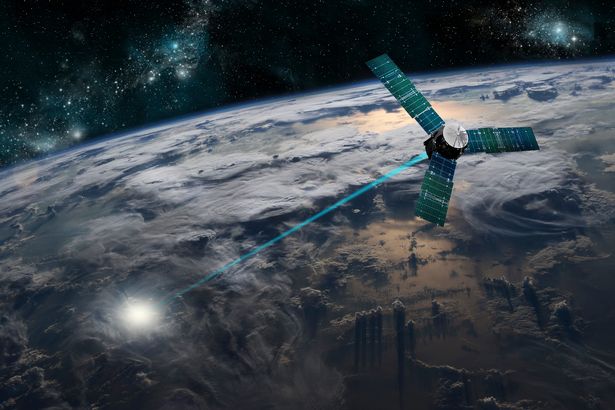
Future applications of the technology could include beaming electricity to Earth from space, delivering a consistent source of clean energy, said Northumbria University. Image: Shutterstock.
A project from Northumbria University, aiming to accelerate the delivery of solar power from space has received a £150,000 investment from the aerospace company, Lockheed Martin.
The new project will use specialised photovoltaic (PV) cells to collect laser power from space and convert it into usable energy for future space and lunar vehicles.
According to the university, future applications of the technology could include beaming electricity to Earth from space, delivering a consistent source of clean energy.
Faculty pro vice-chancellor for engineering and environment at Northumbria University, professor Jon Woodward said: “Northumbria University is a UK front-runner in research into photovoltaics and solar energy and our reputation for world-leading research in space and satellite technologies has grown exponentially in recent years. This exciting project with Lockheed Martin combines these areas of excellence and will enable us to innovate further to find new ways to generate and store renewable energy.”
The collaboration is an extension of the partnership between the university and Lockheed Martin announced last year, which has seen the aerospace company invest over £600,000 to support the development of technology, skills and research across the North East.
“Our collaboration with Northumbria University will advance the use of space-based solar power for satellites, space vehicles and potentially useable power back on earth,” said Paul Livingstone, chief executive at Lockheed Martin UK.
“We are delighted to be helping grow the North East’s space economy and the overall industrial capacity and resilience of the UK’s space and manufacturing sectors.”
The UK Government commissioned a study into the feasibility of space-based solar power in 2020. The project investigated whether such a system could collect solar power from space, convert it into high-frequency radio waves and beam the energy to receivers on Earth that connect to the electrical power grid.

